Bay Area Peak Experience, Part II
/Mt. Davidson
Mt. Tamalpais, 2571 ft.
The mountain’s familiar pyramid top is visible from much of the Bay Area to the south. Named after the Miwok words for “coast mountain,” the mountain is proclaimed to be the home of the mountain bike with several accommodating trails.
There are two main ways up, all converging at the three-mile ridge road to the end of the pavement that stops short of the actual rocky peak. Two old stage roads approach from the north. You can begin either from Bolinas, five miles to the west, or from Fairfax, ten miles to the east. Where they meet, Ridgecrest continues four miles south along a glorious, rambling stretch that is the background for many car commercials (zoom, zoom, zoom).
Pan Toll Road intersects from the north, climbing steeply up from busy Panoramic Highway. Parking at the ranger station on Panoramic is the shortest way to the top, but not as satisfying as rising up into the forest from the Bolinas coast or rolling past beautiful Alpine Lake out of Fairfax. The final Ridgecrest legs climbs steadily for almost a couple miles before dropping toward the parking lot, also with ranger station and snack bar. While well short of the stony top, the view of the Golden Gate and City beyond is glorious, when not socked in.
Grizzly Peak 1758 ft.
Grizzly Peak is the high point of north-south trending ridge overlooking the Berkeley university campus, home of the Cal Bears. The road, built in 1932 along the ridge, winds in and out of incredibly scenic views between curves and elevation changes.
Claremont Avenue is the low spot in the road out of campus, connecting with Fish Ranch Road, which both served as the ridge crossing until the Caldecott Tunnel opened in 1910.
Every road from both sides of the ridge up to Grizzly Peak Road is a challenge, not the least of which is arrow-straight Marin Avenue, located north of Berkeley near the Albany border. The 22% grade is interrupted by desperate intersections where you can peel off to dissipate lactic acid before tackling the next heart-stopping block.
The best descent is named Wildcat Canyon, which drops six miles, 7% in the last mile, to the yet another ursine named feature, this time Bear Creek with it’s own undulating road.
The peak itself is on the east side of the road, just north of Lomas Cantadas, those singing hills, itself a mile-and-a-half partial-15% climb out of Orinda via El Toyonal. Nearby steeper South Park is worth a turn upwards when descending Wildcat Canyon if you’re looking for a gut-wrenching loop back to Grizzly.
San Bruno Mountain 1314 ft.
This east-west elongated mass was named by Spanish explorer Don Bruno de Heceta for his patron saint—who else but St. Bruno—as he sailed northward in 1775 toward Alaska. Along the way, De Heceta also discovered the mouth of the Columbia River. On the same trip, one of his commanders, Juan Manuel de Ayala, was sent to sail up a possible strait, becoming the first European to pass through the Golden Gate, a name bestowed decades later by none other than John C. Fremont.
The mile-and-a-half 7% road up is actually called Radio Road, named for the prolific towers on top. By itself, the climb is not very challenging except when adding approaches from Guadalupe Canyon Parkway, either from Brisbane or from the west side of Daly City. Though the top itself at 1040-feet is mostly pavement and outbuildings, the view toward the City is spectacular.
Mount Davidson, 928 ft.
This peak is San Francisco’s tallest, dominated by a 103-foot tall white cross, once used for the City’s Easter sunrise services. The mount is named for George Davidson, a surveyor and geographer who once assisted Alexander Bache and who also became a charter member of the Sierra Club.
The most challenging road to the top is an extraordinarily steep climb up Dalewood Way, where you don’t dare falter for fear of tumbling back downhill. It’s located on the west side of the mountain off side streets stemming from Portola Drive, which is the extension of zoo-fronting Sloat Boulevard to the west.
Once making the top, circle back to Portola and, after a short distance east, turn left onto Twin Peaks Boulevard in order to enjoy the City panorama along with tourists. Those peaks were once called “Los Pechos de la Chola,” before more p.c. minded citizens of the emerging town below changed the name from the shapely image of the chests of young mixed-race females.
You can then descent Ashbury northward to its famous junction with Haight. Turn left into the ‘60’s and you’ll finally reach one end of bike-friendly Golden Gate Park with its gentle contours.
Published Cycle California, August 2013, Vol. 19, #7


